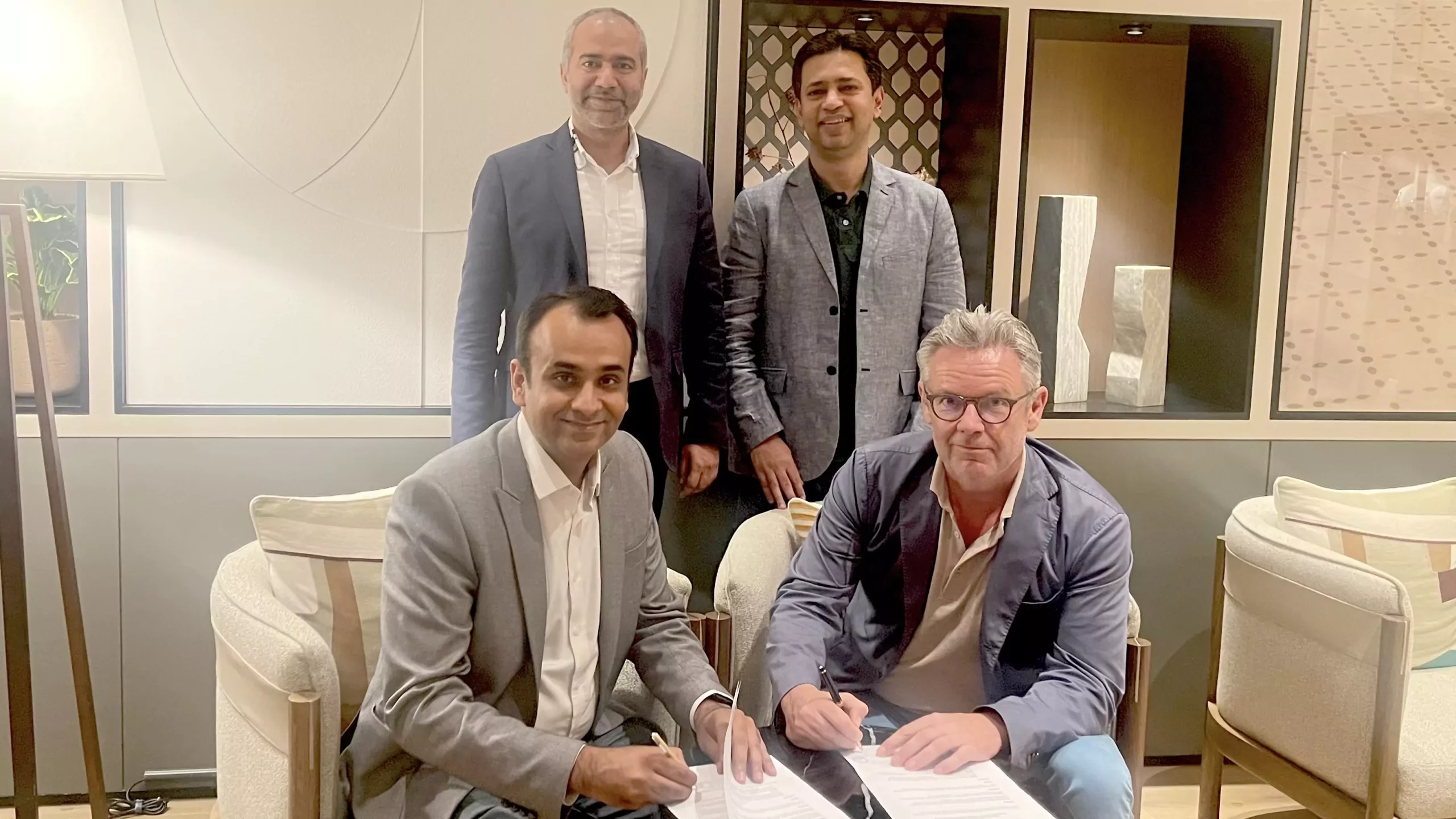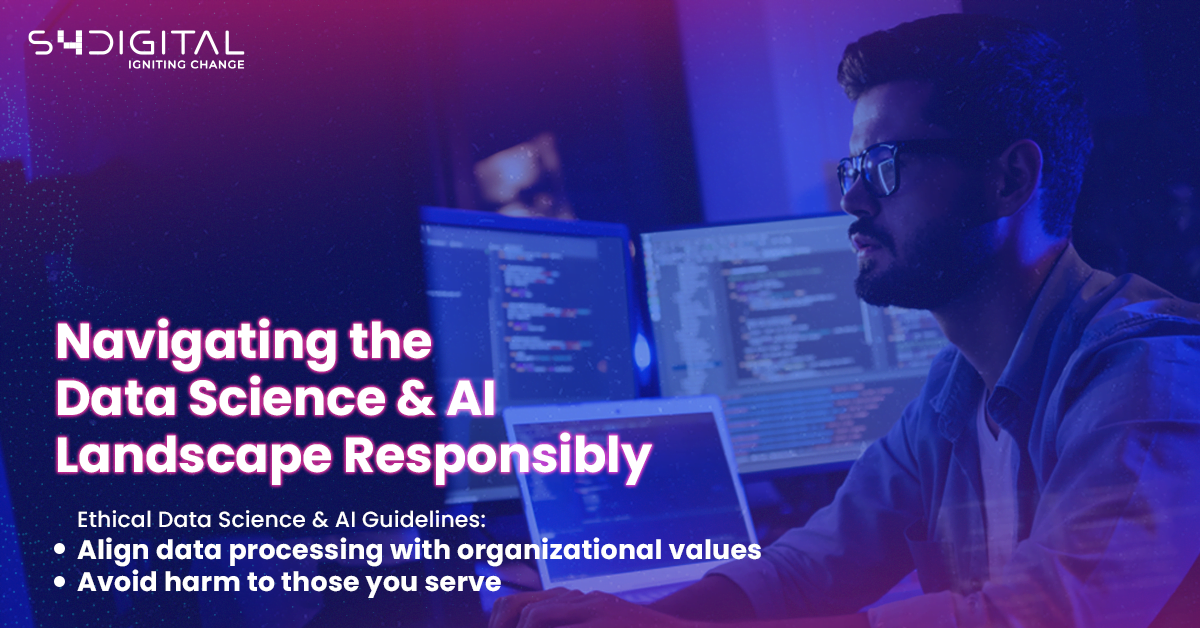
How CSPs can benefit from a Transformation Project Framework
A Guide to Digital Transformations – TM Forum’s Transformation Project Framework
In the webinar “Transformation: Developing Practical Guides” organized by TM Forum, an alliance of 850+ global companies working together to solve complex industry-wide challenges faced by Communications service providers (CSPs), we learnt how CSPs can benefit from a Transformation Project Framework (TPF) for taking an organization from a digital maturity assessment to actionable transformation project plans.
The journey from a classic, traditional Telco to a Digital Service Provider is not simple. Massimo Banzi, Standards Manager at Telecom Italia, while highlighting the transformation challenges commonly faced by CSPs, said that most companies move from traditional Telcos to Digital Telcos but are unable to take the leap to Digital Service Providers. This is where Transformation Project Framework comes in. TPF helps telcos in everything related to the transition from the traditional activities of providing pure connectivity to the “future mode of operations” where Telcos become Digital Service Providers.
This requires an evaluation of cost/benefits for identifying the end target and for planning the transition which is identified by Digital Maturity Assessment. Digital Maturity Model (DMM) has 139 criteria to assess an organization’s Digital Maturity. Once DMM Assessment is done, we can start practicing TPF.
Ryan Jeffery, director of Passionate about OSS, gave an excellent correlation for understanding TPF – TPF is to transformations as eTOM is to workflows. Just as TM Forum’s eTOM Model helps in standardizing workflows, TPF standardizes transformations. This is based on three concepts:
·Flexibility – TPF can guide in any type of Transformation.
·Ingredients – TPF provides organizations with a list of Project activities needed for a transformation.
·Recipes – TPF provides a list of ready-made sample project plans to execute the transformation.
This is how Transformation Project Framework works:
Step 1: Project Activities – TPF allows members to classify & collect transformation project knowledge in the form of project activities.
Step 2: Artefact Linkage – TPF links various Artefacts to these activities. It includes DMM, OpenAPIs, etc. which allows members to find various related artefacts to a CSP’s Project Activities. These links need not be TM Forum specific but can also be external.
Step 3: Pre-assembled Project Plans – This is done in the form of Work Breakdown Structures (WBS). This is meant to be the starting point which allow members to implement the plans & tweak it as per the CSP’s complexities.
Step 4: Transformation User Guides (TUGs) – TM Forum hopes to gain assistance of contributors to make Transformation User Guides which will make them Best Practice Implementation Guides in turn leading to the standardization of Transformation Project Framework.
Step 5: Feedback – There is also a continuous feedback loop developed for refinement & evolution of each TUGs.
In conclusion, Digital Transformation is no longer an option for CSPs looking to become true Digital Service Providers. TM Forum’s Transformation Project Framework can help CSPs in their Digital Transformation journeys by:
·Leveraging members’ experiences in Transformation User Guides (TUG)
·Utilizing relevant Open Digital Architecture assets
·Reduce intervals for setting up transformation projects and minimize the risks of poor planning
·Work with the TM Forum Advisory Board and members to develop a suite of practical TUGs.
A link to the webinar can be found here – Link.
To drive sales and deliver scalable results for your customers, get your digital transformation back on track with S4Digital.




